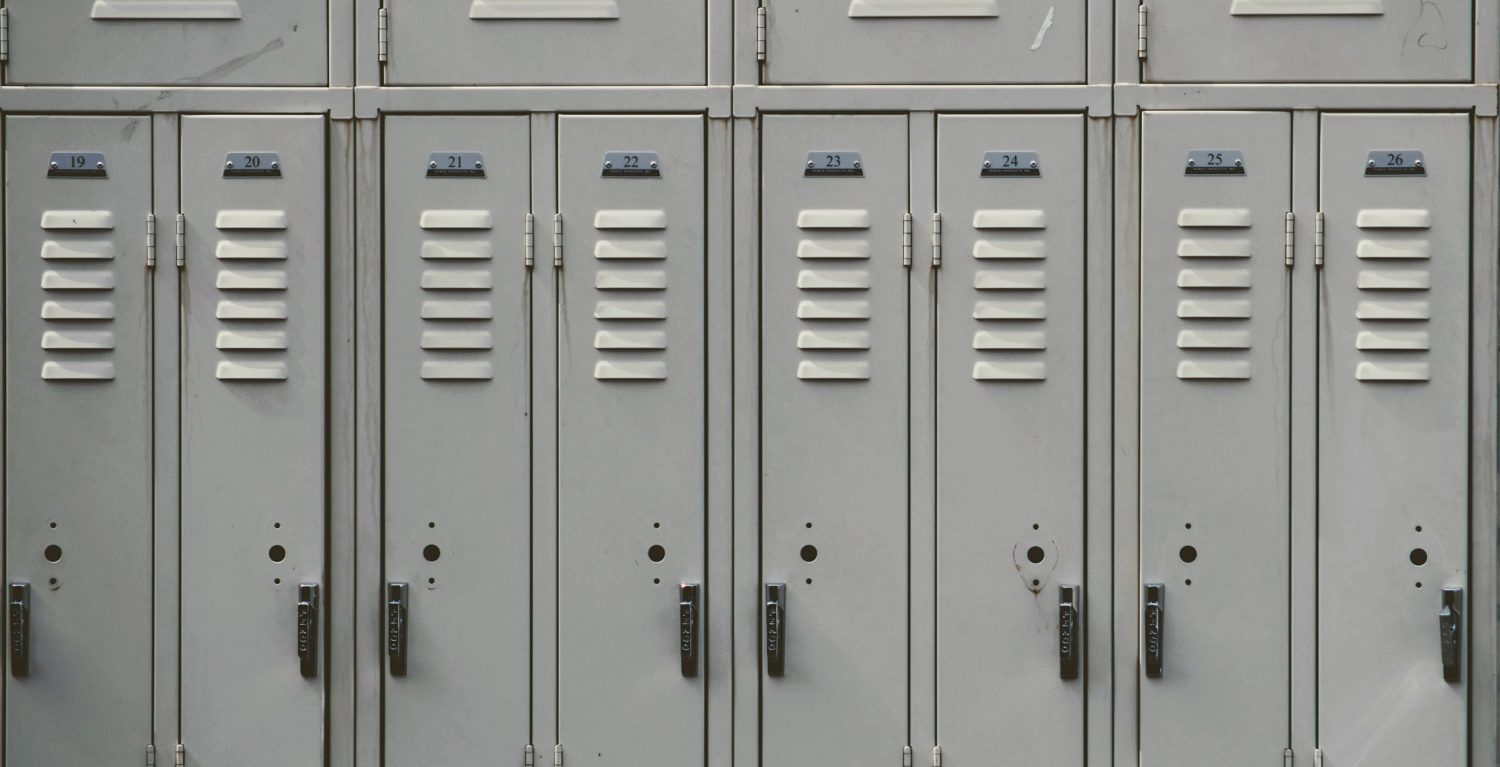Protecting pupils
We should be cautious of police presence in schools, writes Jessica Bowerman.
With a rise in youth violence in many parts of England, attention is rightfully being drawn to how we can protect young people inside and outside of schools. One of the solutions often posited to reduce youth violence is the use of on-site police officers, now found in secondary schools across England. The debate lies between those who see the police as an essential part of keeping young people safe and deterring them from crime, and those who fear they are part of an alarming trend whereby our most vulnerable pupils are drawn ever closer to the criminal justice system. At a time when schools are struggling to fund the staff they do have, we surely need more teachers and support staff in schools, not police officers.
The worrying truth is that there is simply not enough research into the impact of on-site police officers, so it is questionable that aspects of our criminal justice system are appearing more frequently in educational institutions. Of course we want to keep young people safe but police officers, metal detectors and surveillance cameras may not be a necessary and measured answer to this dilemma.
The picture around the country is varied and complex, there is very little information as to how many schools have an on-site officer and exactly what their role entails. Funding cuts mean the use of police in schools is falling in some areas, yet they are being used to try and prevent violent crime elsewhere. A commitment to an increase in safer schools officers was promised in the mayor of London’s knife crime strategy in 2017. A recent home affairs committee suggested that all schools in areas with an above-average risk of youth violence should have a dedicated police officer by April 2020.
The National Foundation for Educational Research’s scoping study on police officers in schools in 2011 highlighted the potential benefits, including safety of pupils, reduction in levels of offending behaviour and improved relationships between police and pupils. Perceived challenges included negative perceptions of the police, lack of role definition and differences in the boundaries of the police role. The report recognised that a fine balance was needed between keeping a ‘police’ head on and adapting their role in line with the needs of the school to avoid criminalising pupils. With the recognition that police presence could criminalise some pupils laid bare, we need much greater evidence to assess whether this balance is being achieved.
This issue has been much more contentious in the United States and research there has been more extensive. Many in the US have raised concerns that zero tolerance behaviour policies alongside a police presence in schools has contributed to a so-called ‘school-to-prison pipeline’. Extreme examples of this have come to the fore in the US media including pupils being tackled and dragged from classrooms by police.
We hope that the presence of a police officer in a school could help to strengthen their ties with the local community and may go some way in addressing negative perceptions of the police. However, the opposite can also be true in that some communities may feel that this is another example of disadvantaged areas being policed too heavily. Indeed the work of Dr Amanda Henshall at the University of Greenwich in 2018 found that police officers were more likely to be used in schools in disadvantaged areas in London. Questions also need to be asked about which young people are allowed to engage in risky, sometimes illegal, behaviours and which are not. We assume that private and public schools do not have a full time police officer yet much attention has been drawn to the use of Class A drugs in these institutions. There is no doubt that many communities in England need more funding and support in order to tackle a rise in violent crime but measures need to be considered in terms of their long term impact on a community.
Luckily, the spotlight is being drawn to communities like Glasgow where youth violence has been cut with a focus on reducing the number of exclusions to a minimum and recognising that school should be the safest place for young people. Many schools in England are following suit by opening their own inclusion units. Organisations like The Difference, who aim to use expertise from pupil referral units to make mainstream schools more inclusive, point towards a more positive future for our most vulnerable pupils. Unfortunately, a Conservative pledge in their manifesto to ‘back heads to use exclusions’ does not align with these more inclusive practices.
Police presence in schools has become an accepted norm with very little understanding of what they do and the powers they hold. The answer is likely to be different depending on the school but there needs to be a clear set of principles around the role of on-site police officers and the rights of the pupils in the schools they work with. Everyone in education wants to ensure pupils are safe but we need policies which have been carefully planned and assessed for their impact on all pupils.
Photo credit: Joshua Hoehne/Unsplash

